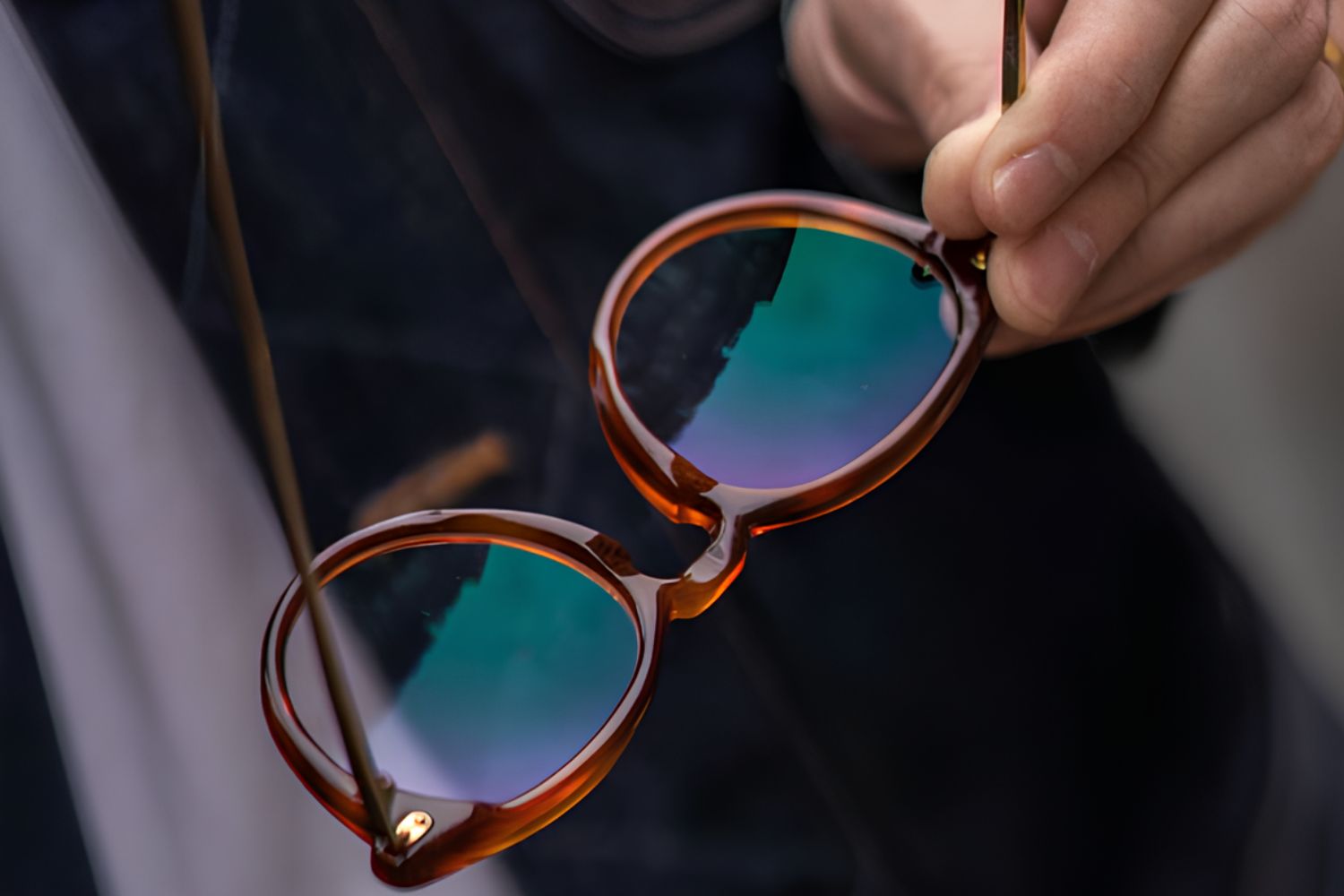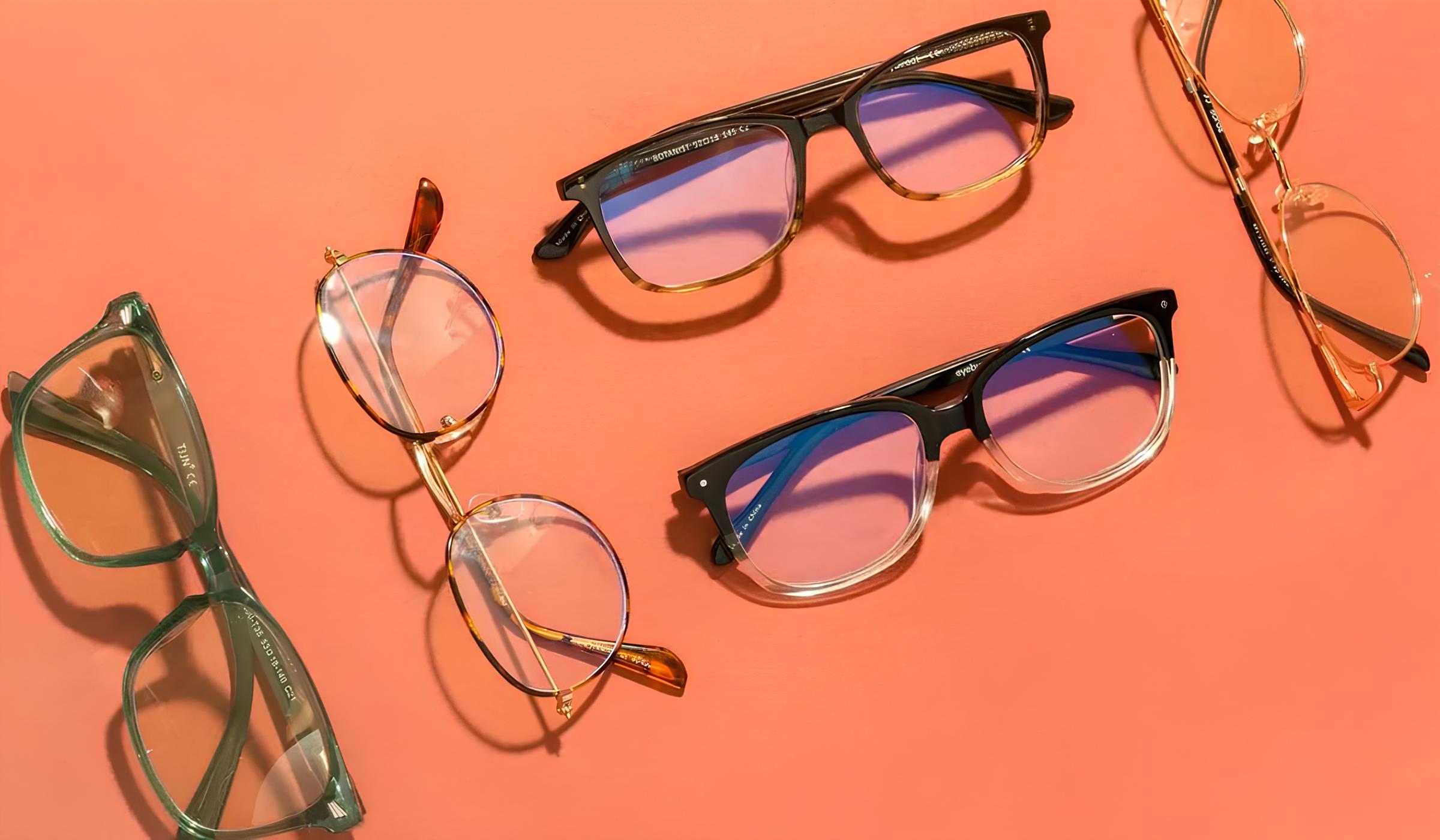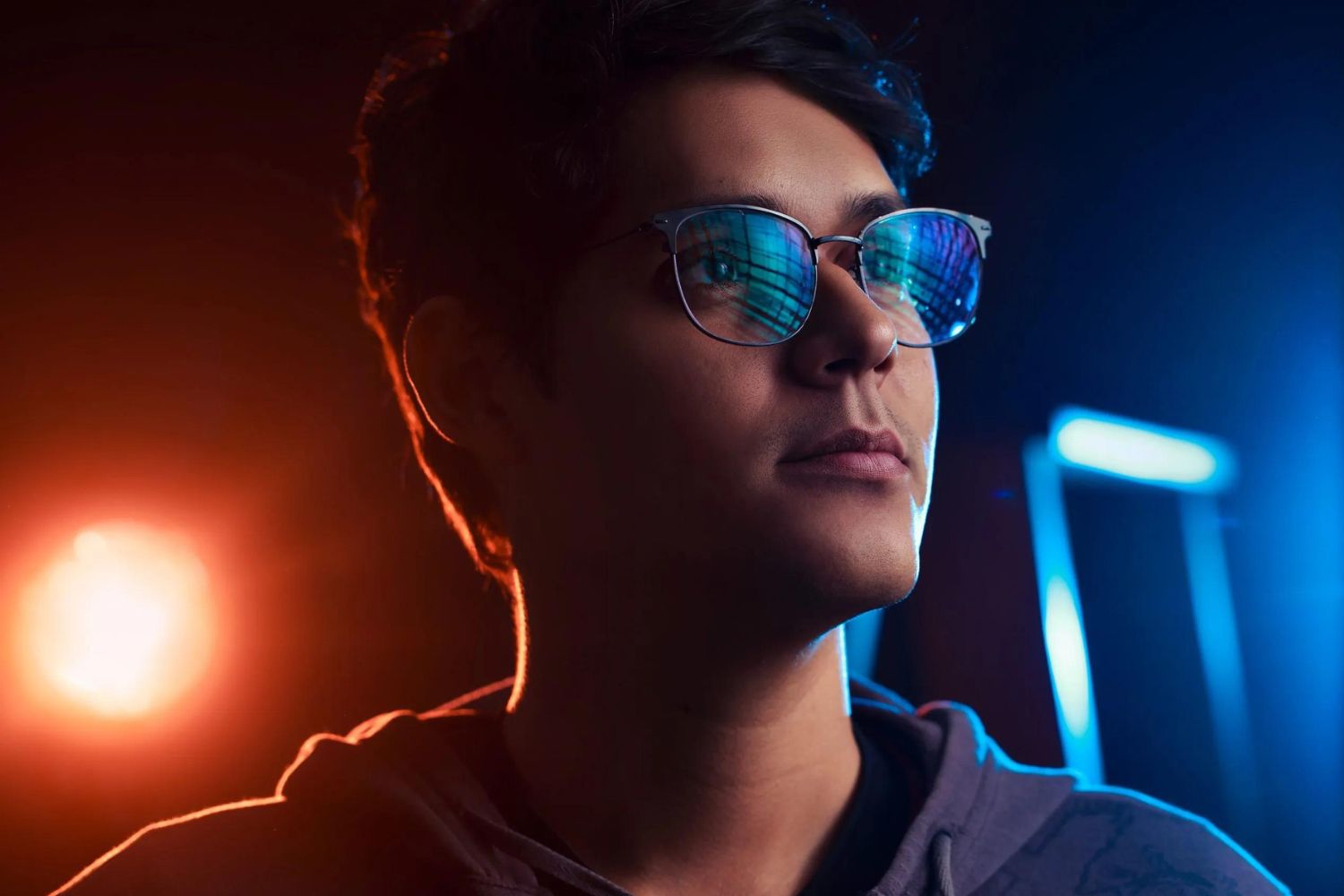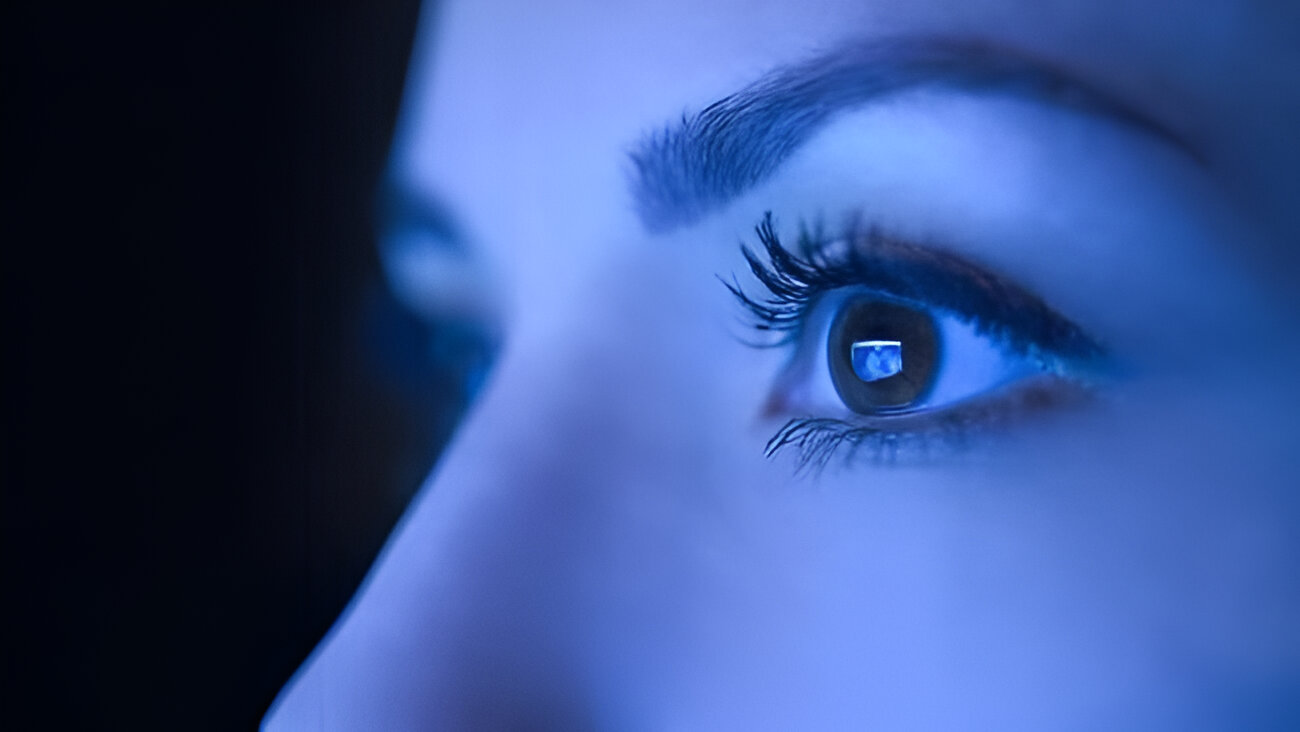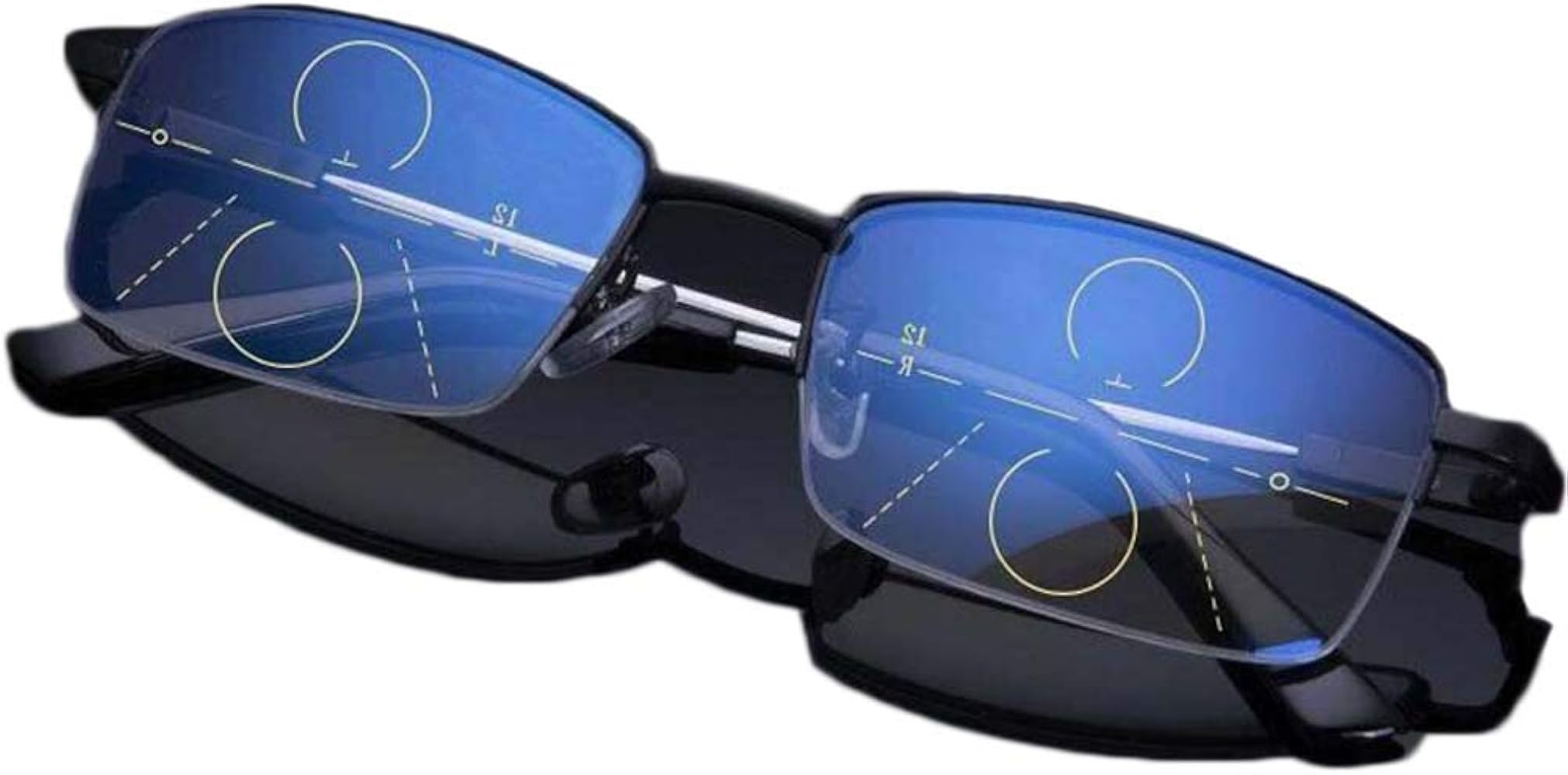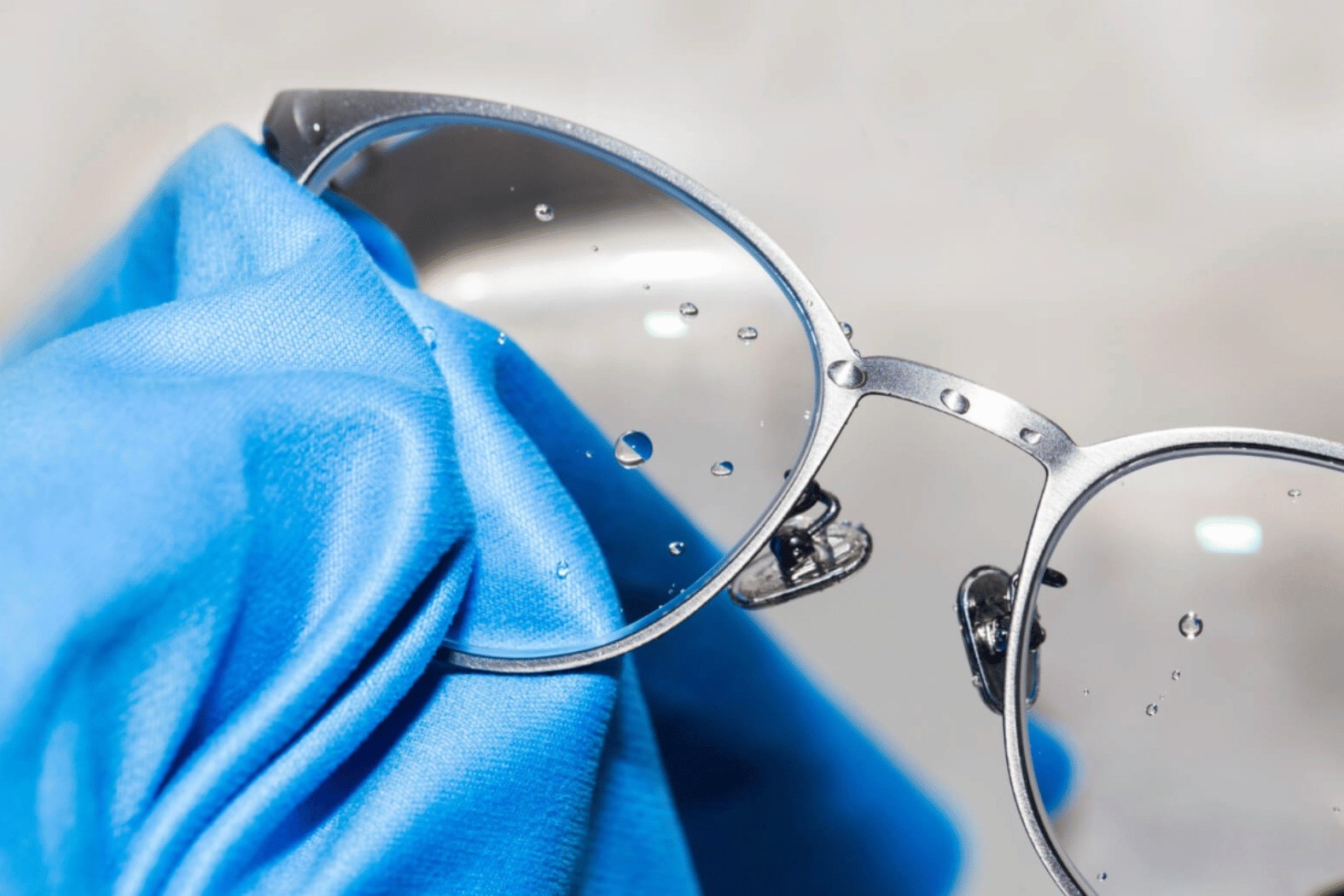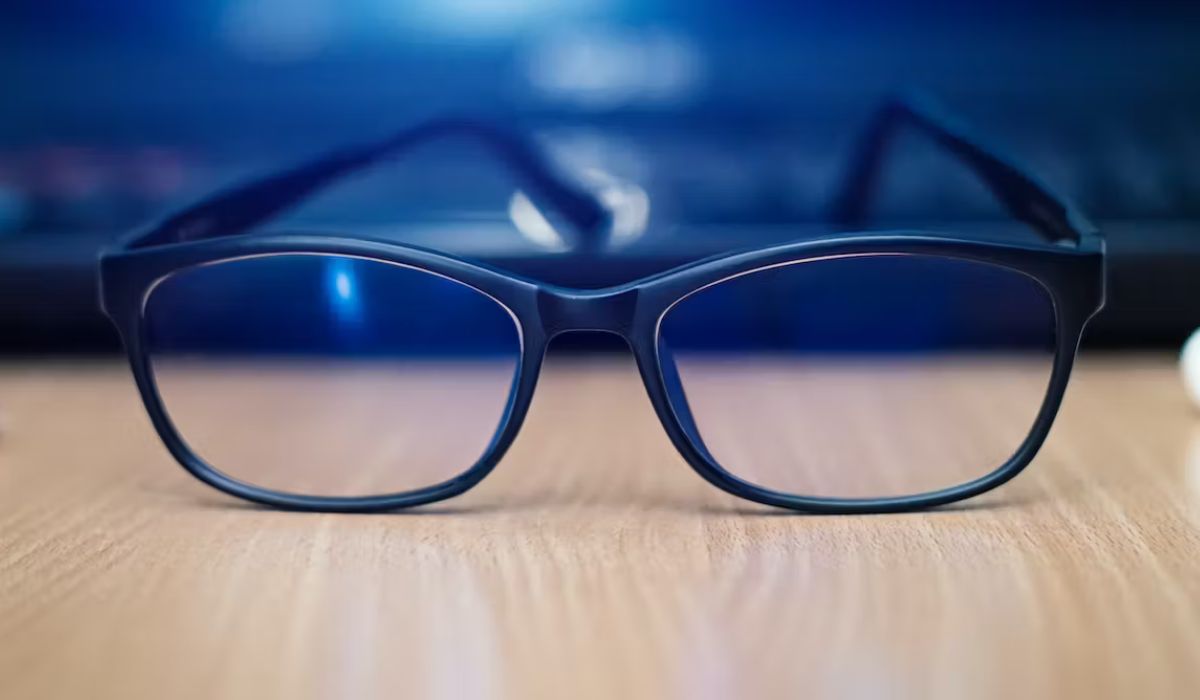Introduction
In today's digital age, the pervasive use of electronic devices has become an integral part of our daily lives. From working on computers to scrolling through smartphones, our exposure to screens has significantly increased. However, this prolonged screen time has raised concerns about the potential adverse effects of blue light emitted by these devices. Blue light has been associated with disrupted sleep patterns, eye strain, and other health issues. To address these concerns, many individuals have turned to blue light glasses as a means of mitigating the impact of prolonged screen exposure.
As the demand for blue light glasses continues to rise, it is crucial to understand the science behind their effectiveness. One pertinent aspect that significantly influences the performance of blue light glasses is reflectivity. Reflectivity refers to the amount of light that is bounced off the surface of the lenses. High levels of reflectivity can diminish the efficacy of blue light glasses, leading to suboptimal protection against harmful blue light.
In this article, we will delve into the intricacies of blue light and reflectivity, exploring the impact of reflectivity in blue light glasses and techniques for reducing reflectivity to enhance their effectiveness. By gaining a deeper understanding of these factors, individuals can make informed decisions when selecting blue light glasses, ultimately optimizing their eye protection in the digital age.
Understanding Blue Light and Reflectivity
Blue light, a high-energy visible (HEV) light, is part of the visible light spectrum with wavelengths ranging from 400 to 500 nanometers. It is emitted not only by digital screens but also by the sun and LED lighting. While exposure to natural blue light during the day can have positive effects on mood, attention, and cognitive function, excessive or untimely exposure to artificial blue light can lead to adverse effects on sleep patterns and eye health.
Reflectivity, on the other hand, refers to the amount of light that is bounced off the surface of an object. In the context of blue light glasses, reflectivity determines the extent to which incoming blue light is reflected off the lenses rather than being transmitted through them. High reflectivity can lead to a reduction in the amount of blue light being filtered, thereby diminishing the protective benefits of the glasses.
When blue light encounters a surface, a portion of it is absorbed, while the rest is reflected. This reflection can occur at multiple interfaces, such as the front and back surfaces of the lenses. The cumulative effect of these reflections contributes to the overall reflectivity of the glasses. High reflectivity can result in visual discomfort, glare, and compromised blue light protection, ultimately impacting the wearer's visual experience and eye health.
To address these challenges, it is essential to consider the reflectivity of blue light glasses when evaluating their efficacy in filtering blue light. By understanding the interplay between blue light and reflectivity, individuals can make informed choices when selecting blue light glasses, ensuring optimal protection against the potential adverse effects of prolonged screen exposure.
In the next section, we will delve into the impact of reflectivity in blue light glasses, shedding light on the importance of mitigating excessive reflectivity to enhance the overall performance of these essential eye protection accessories.
The Impact of Reflectivity in Blue Light Glasses
Reflectivity plays a pivotal role in determining the efficacy of blue light glasses in filtering out harmful blue light. When blue light glasses exhibit high levels of reflectivity, the consequences can be far-reaching, affecting both the visual comfort and the protective capabilities of the glasses.
High reflectivity in blue light glasses can lead to increased glare, particularly when exposed to bright light sources or when working in environments with intense artificial lighting. This glare can cause visual discomfort and may even interfere with the wearer's ability to focus on tasks, ultimately impacting productivity and overall visual experience. Moreover, excessive reflectivity can contribute to the perception of halos or visual artifacts, further diminishing the clarity of vision and causing unnecessary strain on the eyes.
From a protective standpoint, heightened reflectivity can compromise the intended function of blue light glasses. When a significant portion of incoming blue light is reflected off the lenses rather than being filtered, the overall effectiveness of the glasses in reducing blue light exposure diminishes. This can leave the eyes more susceptible to the potential adverse effects of blue light, including digital eye strain, disrupted sleep patterns, and long-term retinal damage.
Furthermore, the impact of reflectivity extends beyond the immediate visual and protective implications. High reflectivity in blue light glasses can detract from the aesthetic appeal of the eyewear, potentially affecting the wearer's confidence and comfort in using the glasses consistently.
In essence, the impact of reflectivity in blue light glasses is multifaceted, encompassing visual comfort, protective capabilities, and overall user experience. As such, it is imperative to address reflectivity as a critical factor in the design and selection of blue light glasses, ensuring that they effectively fulfill their intended purpose of safeguarding eye health in the digital age.
Techniques for Reducing Reflectivity in Blue Light Glasses
Reducing reflectivity in blue light glasses is essential for enhancing their effectiveness in filtering out harmful blue light and improving the overall visual experience for the wearer. Several techniques can be employed to minimize reflectivity and optimize the protective and aesthetic qualities of blue light glasses:
-
Anti-Reflective Coatings: Applying anti-reflective (AR) coatings to the surfaces of blue light lenses is a widely adopted technique for reducing reflectivity. These specialized coatings work by minimizing the amount of light that is reflected off the lens surfaces, thereby enhancing light transmission and reducing glare. By effectively reducing surface reflections, AR coatings improve visual clarity and comfort while maximizing the protective benefits of blue light glasses.
-
Multi-Layer Coating Technology: Utilizing advanced multi-layer coating technology allows for the creation of blue light lenses with reduced reflectivity. By strategically layering materials with varying refractive indices, these coatings can significantly diminish surface reflections, resulting in enhanced light transmission and reduced glare. This approach not only minimizes reflectivity but also enhances the durability and scratch resistance of the lenses, ensuring long-term efficacy.
-
Optimized Lens Design: Incorporating precision-engineered lens designs can contribute to reducing reflectivity in blue light glasses. By carefully shaping and profiling the lens surfaces, manufacturers can mitigate the occurrence of surface reflections, thereby improving visual clarity and minimizing distractions caused by glare. Optimized lens designs also play a crucial role in maintaining the aesthetic appeal of the glasses, ensuring a seamless and stylish user experience.
-
Quality Material Selection: Choosing high-quality lens materials with inherent anti-reflective properties is fundamental in reducing reflectivity in blue light glasses. Certain materials possess natural characteristics that minimize surface reflections, providing a solid foundation for creating lenses with reduced reflectivity. By prioritizing the selection of premium materials, manufacturers can optimize the protective and visual performance of blue light glasses.
-
Innovative Manufacturing Processes: Leveraging innovative manufacturing processes, such as precision polishing and coating deposition techniques, enables the production of blue light glasses with minimal reflectivity. These advanced processes ensure the precise application of coatings and the meticulous refinement of lens surfaces, resulting in superior optical performance and reduced reflectivity.
By implementing these techniques, manufacturers can elevate the quality and effectiveness of blue light glasses, offering users enhanced protection against blue light exposure and an improved visual experience. These advancements in reducing reflectivity contribute to the continual evolution of blue light glasses, aligning with the growing demand for comprehensive eye protection in today's digital landscape.
Conclusion
In conclusion, the effectiveness of blue light glasses in mitigating the potential adverse effects of prolonged screen exposure is intricately linked to the management of reflectivity. Reflectivity, as a critical factor in the design and performance of blue light glasses, significantly influences both the protective capabilities and the overall user experience. High levels of reflectivity can lead to increased glare, compromised visual comfort, and diminished blue light filtration, ultimately impacting the wearer's eye health and satisfaction with the glasses.
However, through the implementation of various techniques for reducing reflectivity, such as anti-reflective coatings, multi-layer coating technology, optimized lens design, quality material selection, and innovative manufacturing processes, manufacturers can elevate the efficacy of blue light glasses. These advancements not only minimize surface reflections and glare but also enhance light transmission, visual clarity, and aesthetic appeal, ultimately optimizing the protective and visual performance of blue light glasses.
As individuals seek to safeguard their eye health in the digital age, the importance of reducing reflectivity in blue light glasses cannot be overstated. By making informed choices and selecting glasses with minimized reflectivity, users can enhance their protection against harmful blue light and improve their overall visual comfort during prolonged screen use.
Moreover, the continual innovation and refinement of techniques for reducing reflectivity underscore the commitment of manufacturers to meeting the evolving needs of consumers in an increasingly digital-centric world. As the demand for blue light glasses continues to grow, the emphasis on reducing reflectivity serves as a testament to the industry's dedication to providing comprehensive eye protection solutions that prioritize both efficacy and user satisfaction.
In essence, the effective reduction of reflectivity in blue light glasses represents a pivotal step toward enhancing the well-being and comfort of individuals immersed in digital lifestyles. By recognizing the significance of reflectivity and embracing advancements in minimizing its impact, users can confidently embrace the benefits of blue light glasses, knowing that they are equipped with reliable protection against the potential hazards of blue light exposure.
In the pursuit of optimal eye health and visual well-being, the ongoing efforts to reduce reflectivity in blue light glasses underscore a collective commitment to fostering a harmonious coexistence with technology, where protection, comfort, and clarity converge to enrich the digital experience.










